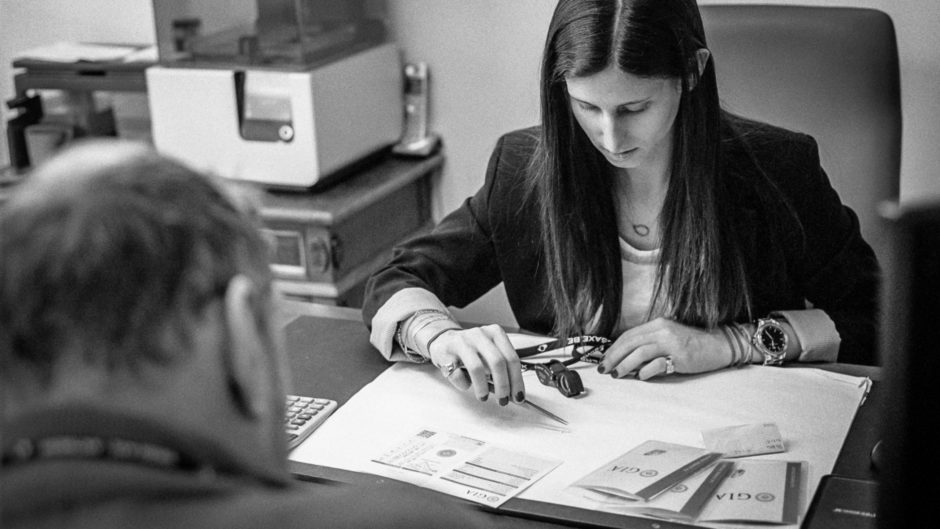A Painful Truth: Part II
So now that we have outlined the problem, how can consumers check the integrity of the establishments we frequent?
The first is simply to look for the information. A diploma from GIA, or similar establishments, will likely be framed and placed in a prominent location in their business. Such a diploma is something to be proud of and something we want to share with our customers.
Another way to confirm is through the GIA Alumni Directory—and I urge those of us in the industry to make sure you and your credentials are visible here. This link provides a place to input the name of your local jeweller to follow up about the credentials they say they hold. Note that they may have opted to keep their information private, but we have a way around that too.
GIA has a way to verify alumni education through an Education Verification Request form. This is what the colleague I mentioned in the previous post used. I’ll be linking that to this post as well.
All that aside, the biggest thing we all need to do is pause before impulsively following the latest brands and influencers. So many claim to be authentic, claim to be transparent, yet lead their large followings into making blind decisions. Jewellery is a specialty product; there is so much to know about what constitutes quality and value. Making purchases through someone knowledgeable and honest is the best thing you can do to change this ever-growing trend.
Influencers—please research your products and the companies you align yourselves with. Online followings are built on transparency and authenticity. Choosing to back a company with shifty morals can easily derail a lot of the hard work I know you put in on a daily basis.
I’ve alluded to the education and experience being a Graduate Gemologist (G.G) brings and the next post will share more about what a GG is, why they are important, and what it takes to become one.
Keely
